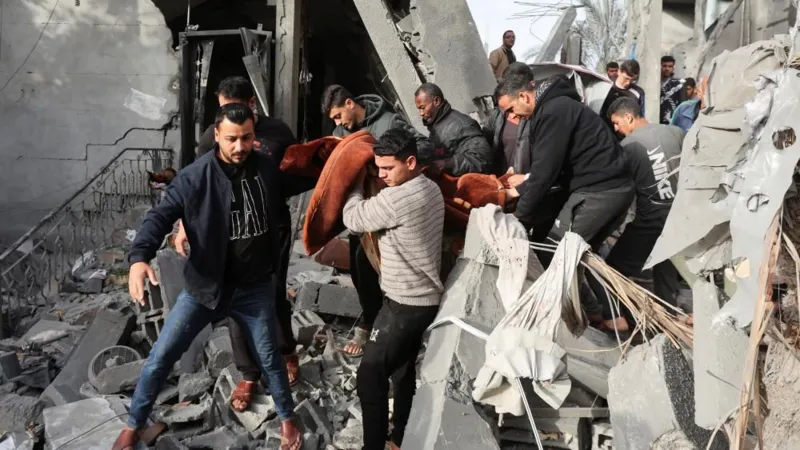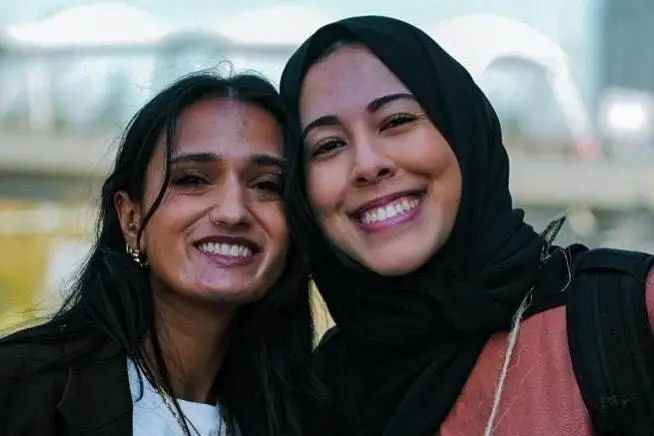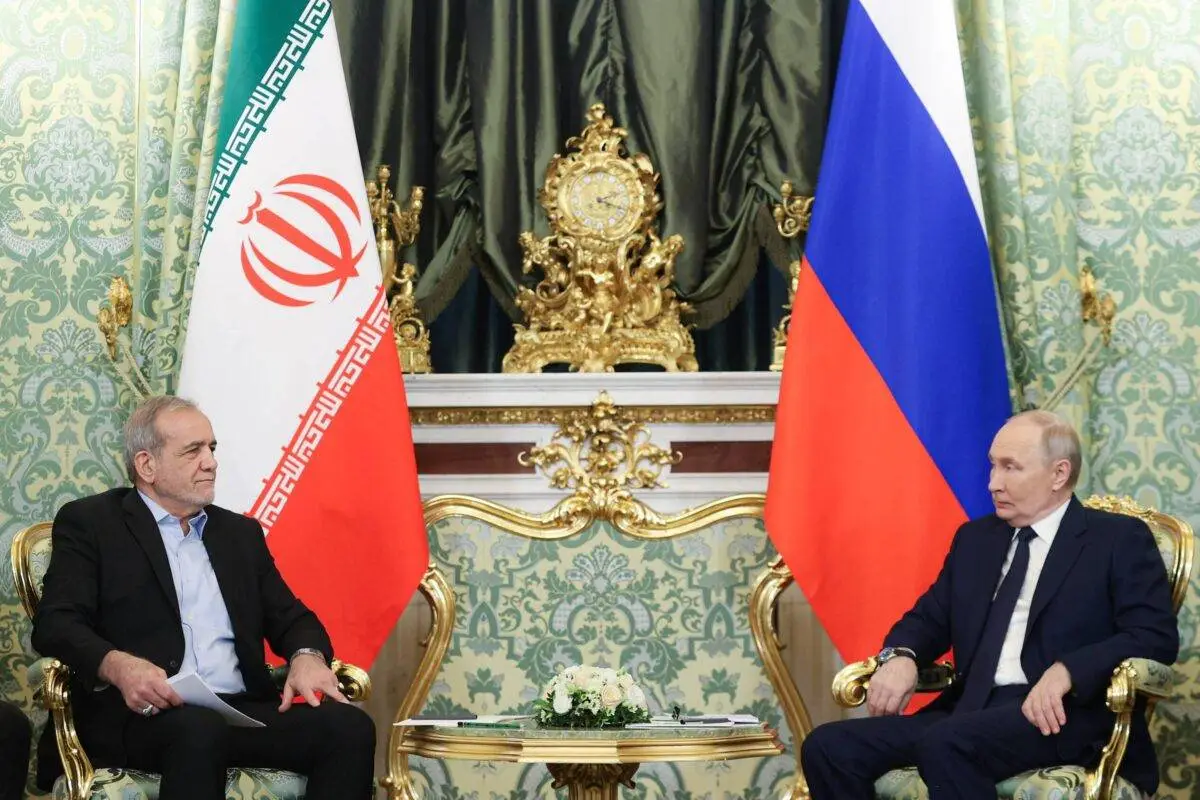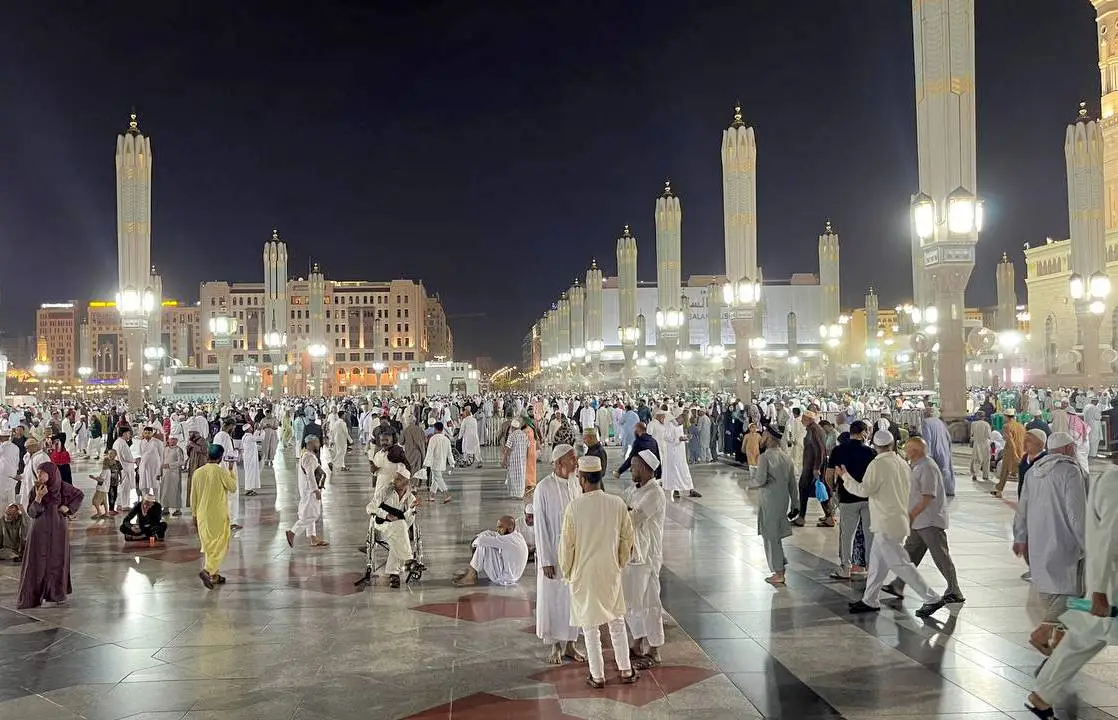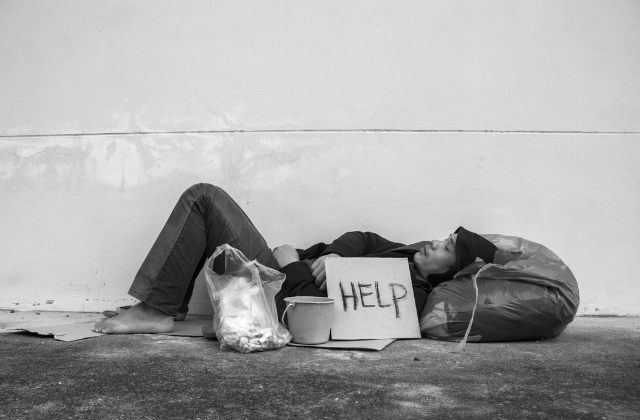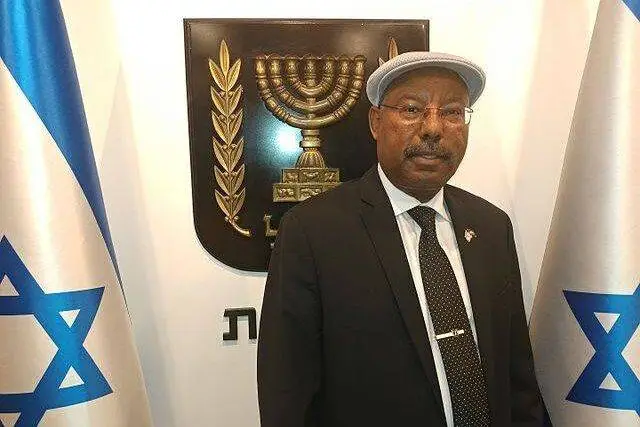As tensions in the Middle East escalate, the situation in Gaza has increasingly drawn international attention, highlighting the complex interplay of political, social, and humanitarian factors. The recent surge in violence began when Hamas launched a series of rockets into Israeli territory, prompting a swift and forceful response from the Israeli military. This exchange of fire marks a significant escalation in the ongoing conflict, which has been characterized by deep-seated animosities and a cycle of retaliation that has persisted for decades.
In the wake of the rocket attacks, Israeli officials emphasized their commitment to national security, stating, “We will not tolerate any threat to our citizens.” This declaration underscores the urgency felt by Israel in addressing what they perceive as an imminent danger.
The Israeli Defense Forces (IDF) retaliated with airstrikes targeting Hamas infrastructure, aiming to dismantle the group’s military capabilities. This response was not merely a show of force; it was a calculated decision based on military intelligence, with the intent to minimize collateral damage while maximizing the impact on Hamas operations.
The humanitarian situation in Gaza, already precarious due to years of blockade and conflict, worsens with each round of violence. Civilians, who find themselves caught in the crossfire, suffer immensely as infrastructure crumbles and access to essential services diminishes.
The humanitarian crisis in Gaza deepens, with civilians enduring severe hardships as essential services dwindle amidst ongoing violence.
Reports from aid organizations indicate that “the civilian population is enduring severe hardships,” as basic necessities become increasingly scarce. The international community has begun to express concern over the humanitarian implications of the renewed conflict, with calls for restraint and dialogue echoing through diplomatic channels.
In this tense environment, both sides remain entrenched in their positions. Hamas continues to assert its right to resist what it describes as occupation, while Israel insists on its sovereignty and the necessity of defending its borders.
This dichotomy complicates the potential for peace, as both parties appear unwilling to compromise on fundamental issues. The cycle of violence perpetuates a narrative of victimhood on both sides, further entrenching societal divisions and fueling animosity.
As the world watches, the ongoing escalation in Gaza serves as a stark reminder of the fragility of peace in a region marked by historical grievances and deep-rooted conflict. The challenge ahead lies not only in addressing immediate security concerns but also in fostering an environment conducive to dialogue and reconciliation, allowing for a future where both Israelis and Palestinians can coexist in security and dignity.

